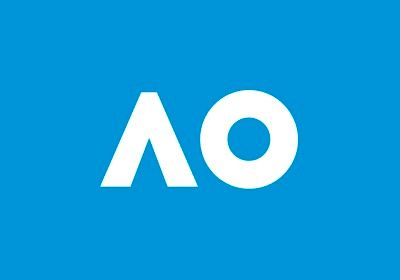
THE PROBLEM:
The main court at the Australian Open has assigned seating, designated on tickets, but not all arenas do. Others can have general admission, where patrons are expected to line up until seats become available. That wait can be up to four hours.
Up until 2020, guests would stand - or sit - in line, waiting for their turn to enter the arena. Anyone wanting to step away from the line for food, drinks, or a bathroom, did this at their own peril. And while it was obvious that this wasn’t the ideal customer experience, it was seen as a necessary, albeit uncomfortable experience.
The challenges of the covid era meant that the 2021 tournament was poorly attended, and the concept of queuing needed to be overhauled for 2022 and beyond.
THE SOLUTION:
SocialQ partnered with the team at Tennis Australia to find a solution for the challenge of customer traffic that met four key criteria:
Ease of use - given the diverse demographics of visitors to The Open, as well as the volunteers who made up the ground staff, it was essential that the solution was low-touch and uncomplicated for all.
Flexibility - the changing nature of the event, where queues can be in the thousands and stadiums can empty in minutes following a change in match, implementation agility was vital
Branding - the attention to detail in place with all Australian Open assets, from signage to tickets to uniforms, made it clear that the queuing solution needed to be consistent with the branding and UX in place for the rest of the tournament.
Speed to deployment - the solution needed to be live for the start of The Open, in just four weeks time.
THE APPROACH:
Within 7 days SocialQ was able to deliver a customised virtual queuing platform, in line with the needs of the event, and aligned to the specific criteria laid out by Tennis Australia. Customers would experience a 10-15 second registration process and be notified digitally when their seat became available; ground crew could manage the queue, coordinate capacity, and invite guests to return accordingly.
The subsequent 3 weeks, between delivery and go-live, were spent refining the UI for both patrons and ground crew, adding additional functionality and ensuring staff familiarity,
THE RESULTS:
The most immediate and obvious benefit of SocialQ was the absence of crowds and traffic, with patrons freed from the confines of physical queues. Hallways were emptier and visitors were now spread out throughout the arena complex. In total there were 51,000 people who queued virtually during The Open - with a peak of 20,000 at once. None of them had to stand in line.
The customer NPS for the 2023 Open was the best it’s ever been, a large part of which was thanks to giving customers the freedom to wait however and wherever they liked.
Where queuing customers had once been idle, now they were free to enjoy the sun, take in the events and activities that formed part of the greater arena complex, and visit bars, restaurants and stores.
24% of customers made purchases at these outlets while waiting for their seat. Some customers chose not to return for their seat, digitally surrendering their place in the queue because they were enjoying the amenities of The Open.
SocialQ’s queuing technology collects data on all aspects of customer traffic, from volumes and group sizes to peak periods and wait times. Never before had Tennis Australia had visibility into any aspect of patron flow, but now they were able to understand and improve the behaviour of their guests.
Patrons were able to have an indicative guide to their wait time and queue position, and get regular updates as they made it closer to the front of the line. They could do this digitally, never having to leave the bar, restaurant, or play area they were enjoying while they waited. As part of the SocialQ journey an automated survey was sent within 45 minutes of a guest taking their seat, evaluating the process and the customer sentiment attached. This information was vital to facilitating continuous improvement in years to come.
THE RESULTS:
- Loved the ability to leave and see other events on whilst waiting
- Quick, easy communication, scanning and messages
- Easy to know when to come in, loved that I didn’t have to wait in a physical queue.
- We loved the ”virtualness of it all”.
- I must admit when it told me I was 77th in the queue, I didn't think I would ever get a seat, but it was only about a 15-20 minute wait.









